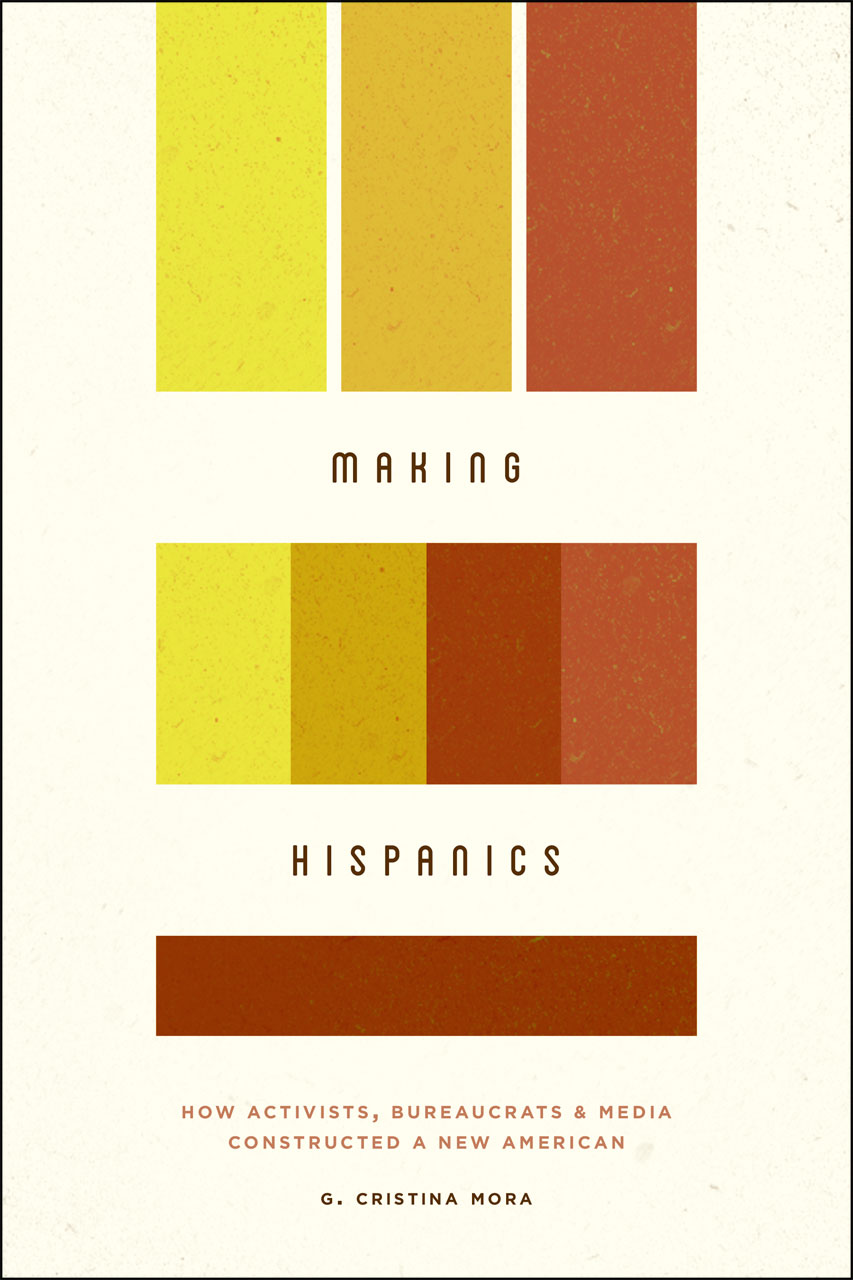“Hiding in Plain Sight: Mixed Blood Families and Race in the 19th-Century United States West”Posted in Audio, History, Interviews, Media Archive, Native Americans/First Nation, United States on 2014-04-01 02:23Z by Steven |
“Hiding in Plain Sight: Mixed Blood Families and Race in the 19th-Century United States West”
Public Radio Tulsa
Studio Tulsa
Tulsa, Oklahoma
2014-03-25
Rich Fisher, General Manager & Host
Our guest on ST is Anne Hyde, the William R. Hochman Professor of History at Colorado College. She’ll be giving the 2014 H.G. Barnard Distinguished Lecture, which is presented annually by the TU Department of History, tonight (Tuesday the 25th) at the Gilcrease Museum Auditorium here in Tulsa. The lecture begins at the 7pm and is free to the public. Prof. Hyde, who mainly teaches courses on the history of Native America as well as that of North America, received her A.B. degree in American Studies from Mount Holyoke College and her M.A. and Ph.D. in History from the University of California at Berkeley. She has published widely on the history of the American West, has served on editorial boards for the Pacific Historical Review and the Western Historical Quarterly, and has been elected to the Councils of the Western Historical Association and the American Historical Association. Her address at Gilcrease tonight is entitled “Hiding in Plain Sight: Mixed Blood Families and Race in the 19th-Century United States West” — and it’s derived from her book, “Empires, Nations, and Families: A New History of the North American West, 1800-1860.” A reviewer for the Western Quarterly Review has called this text: “Ingenious. A magnificent scholarly achievement. A sweeping new narrative account of [western] history. A book to ponder and plunder.”
Listen to or download the interview (00:28:58) here.
